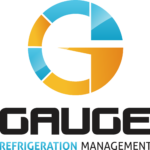Let us help you make sense of PSM / RMP!
My friend Brian Chapin will be offering an open-enrollment PSM/RMP class in Burleson, Texas, July 8th to 11th, 2025. Brian is an absolute pro in NH3 Refrigeration Process Safety. Anyone who attends will also get a FREE membership to SAFTENG. You can get more information on the class with this link.
CLICK HERE to Renew your Membership
CLICK HERE for a NEW Membership
CLICK HERE to see eligibility requirements for FREE Membership
If you have any questions, please contact m
SAFTENG has:
- Over 18,000 categorized unsafe acts/conditions and accident/injury photos
- Over 1,500 ppt's & doc's in the SAFTENG Library
- Over 4,000 Technical Articles on Process Safety, Emergency Response & OSH topics
- Over 450 videos (those not allowed on YouTube Channel)
Many THANKS to my NEW Members and those who CONTINUE to support SAFTENG:









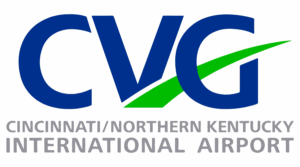

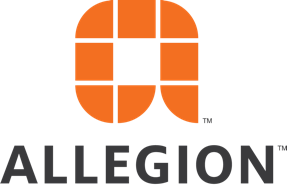
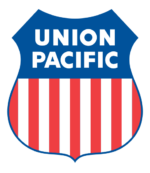
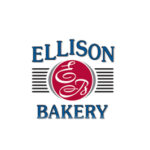
March 20, 2011
River Falls manager charged for negligently shooting employee after missing a bird at cookie-making factory
…
HomeRead More »
Read More
March 20, 2011
The U.S. Chemical Safety Board (CSB) has released a new safety video depicting two major accidents caused by the intentional release of flammable fuel gas near work areas, one year after the Kleen Energy explosion.
…
HomeRead More »
Read More
March 20, 2011
Richard Graveling, Araceli Sánchez-Jiménez, Craig Lewis and Sheila Groat
If your facility uses respirators, this study is a MUST READ!!!
…
HomeRead More »
Read More
March 20, 2011
I want to thank so many of you for your positive comments about last weeks newsletter. The traditional OSH news has been a bit slow in recent weeks, so I tried to offer some personal insights. One question that I got from several readers and we seem to get in most of our auditing work is…what is the difference between an Emergency Action Plan and an Emergency Response Plan and why...
Read More
March 20, 2011
The Chlorine Institute’s Emergency Preparedness Issue Team has issued an updated CHLOREP Bulletin regarding application of the Emergency Kit C to Next Generation Tank Car fittings.
…
HomeRead More »
Read More
March 20, 2011
Summary: a large box retailer has a trash compactor. Workers were found to enter the trash chute that feeds the compactor. The interlock on the compactor door was defeated, and thus, the compactor would run with the door open. Workers use a 2X4 to push down material inside the compactor. Employees did not lock out the compactor when they entered it or the chute. OSHA cited the employer under 1910.212...
Read More
March 20, 2011
PHMSA is amending the Hazardous Materials Regulations to maintain alignment with international standards by incorporating various amendments, including changes to proper shipping names, hazard classes, packing groups, special provisions, packaging authorizations, air transport limited quantities, and vessel stowage requirements. These revisions are necessary to harmonize the Hazardous Materials Regulations...
Read More
March 20, 2011
The State of West Virginia now requires that propane technicians be trained, certified, and licensed. The Chemical Safety Board issued the recommendation following the CSB investigation of a propane explosion at the Little General Store in Ghent, WV, that occurred on Jan. 30, 2007. The blast killed four people and seriously injured five others. The CSB found that a junior propane service technician...
Read More
March 20, 2011
OSHA has announced that it will NOT abandon its system for ensuring that electrical products used in the workplace are safe. The European Union requested that OSHA explore the possibility of adopting its system, known as Supplier’s Declaration of Conformity (“SDoC”).
…
HomeRead More »
Read More
March 20, 2011
The U.S. Department of Labor’s Occupational Safety and Health Administration today announced the arrest of Brian Andre, former owner of Andre Tuckpointing and Brickwork, and Regina Shaw, owner of Andre Stone & Mason Work Inc., the successor company to Andre Tuckpointing and Brickwork. The Eighth Circuit Court of Appeals in St. Louis ordered their arrest and incarceration for repeatedly failing...
Read More
March 20, 2011
OSHA announced late last week that it is withdrawing its proposed interpretation titled “Interpretation of OSHA’s Provisions for Feasible Administrative or Engineering Controls of Occupational Noise.” The interpretation would have clarified the term “feasible administrative or engineering controls” as used in OSHA’s noise standard. The proposed interpretation was...
Read More
March 20, 2011
Cites Need for Emergency Drills, Following Pressure Vessel Codes
…
HomeRead More »
Read More









